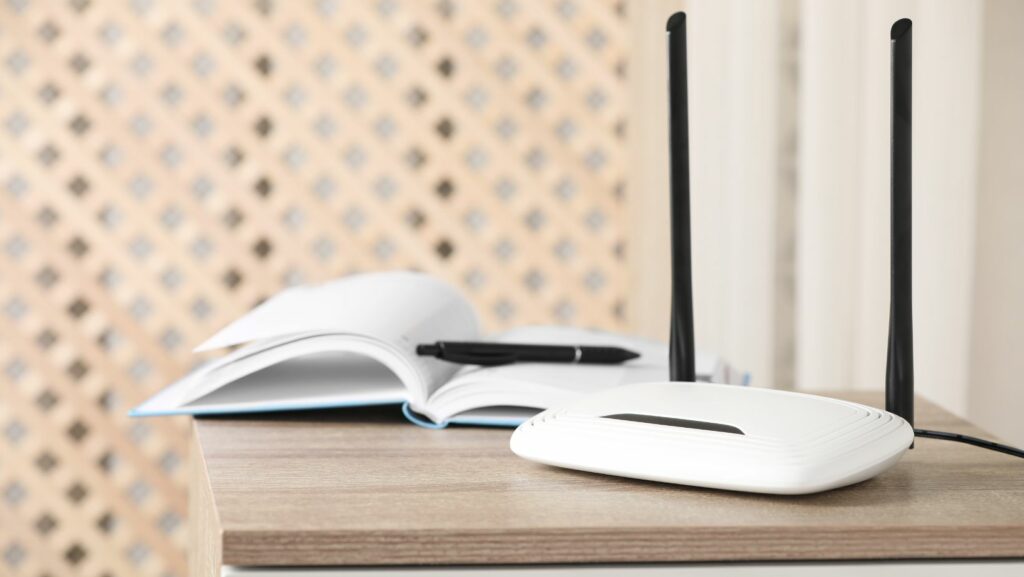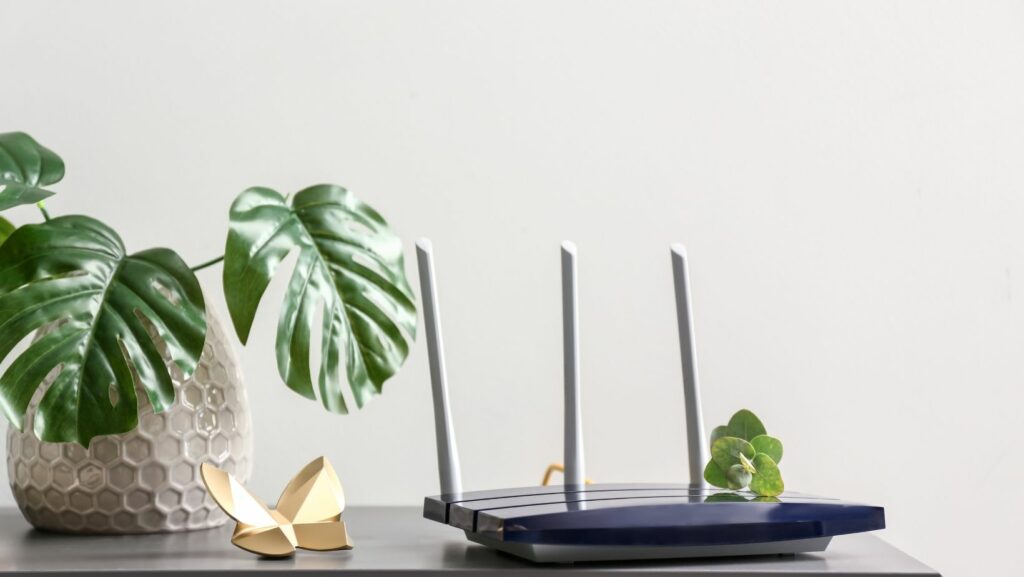Have you ever been in a position where you need to set up your Wi-Fi router, but you do not have a computer? Worry not; you can complete the job using other smart devices like tablets and smartphones. This is made possible because mobile technology can now incorporate functionalities that were primarily done by laptops and PCs.
While the procedure is not overly complicated, you must gather what you will need to complete the task and know how to solve possible issues during the setup.
What You Need
For a successful setup without a computer, you must have certain things. First, in the place of a computer, you can use other mobile devices such as tablets or smartphones. Make sure you use a device with an internet browser. You must also have access to the router’s default admin password, Wi-Fi password, and IP address.
All routers have default usernames and passwords to be used for logging into the Admin panel and Wi-Fi. The password is often located on the router’s back, but you can also find it online. If you do not have the password and username, Google your router’s model number and name.
You can also get the default IP address, admin username, and password in the router’s manual. If your router had been set up before with a password, you could restore default status by pressing the reset button for about 3 to 5 seconds.
Related: Budget wireless routers
Preparation
Once you choose the mobile device you will use to set up your router, ensure that it is fully charged to avoid running out of charge mid-way. If it is not, connect it to a power source before you begin the process.
To make sure you are ready for any problems you may encounter during the setup, get a network discovery application like EZ NetScan and FING. Any of these apps can be download for free via Android or Apple stores.
Keep in mind that the setup menus differ from one router to the other, so it is best to refer to the manual before beginning the setup. Several routers have simple setup procedures, so you should not encounter too many issues.
Related: Do you need your own router in an apartment?

Setting Up With Android
- Connect the router to a power source, turn it on, and wait for a few minutes to let it fully power up.
- Turn on the Wi-Fi of the Android-powered tablet or smartphone you are using and connect to the router’s network. The network name or SSID typically involves the brand numbers and name. Find and tap on your router’s SSID.
- Connect to the network by entering the password.
- After connecting to your router’s network, open the Android device’s browser to find the address bar, then fill in the IP address and press search. Typically, the default IP address is “http://192.168.0.1” or http://192.168.1.1. Alternatively, check the router’s back for the IP address. If they do not work, launch the network discovery application you installed earlier. You will see the IP address under the connected network’s SSID, beside the Wi-Fi symbol.
- You will see the admin page. Log in by inserting the default username and password found at the router’s back. If these do not work, try “password” and “admin” as password and username, respectively.
- Once you successfully log in, you can begin making changes to the router’s default settings, including changing the password to a more secure combination that others will not effortlessly figure out.
Setting Up With iOS
The difference between setting up a Wi-Fi router using an iOS or Android lies in the device’s general settings. People who have used both devices know how they differ.
- Plug in the router to an electrical outlet, switch it on, and wait for it to power up fully. Make sure it is entirely on before proceeding.
- Turn on the WiFi on your iPad/ iPhone and tap the router’s SSID to connect to the network. Your router’s network name or SSID usually entails the brand numbers and name.
- Connect to the network by entering the default password.
- When connected, launch the iOS device’s browser and enter the default address on the address bar. Use http://192.168.0.1” or http://192.168.1.1”, check the router’s back for the provided IP address, or use the network discovery address if the two options do not work.
- Once the login screen or admin panel appears, log in by typing in the default username and address.
- You can then start modifying the router’s default settings to your preferred choices. One of the most crucial things to do during a setup is to change the default password to enhance your security.

How To Solve Issues That May Arise During a Wi-Fi Router Setup
Your setup may not go according to plan, so it is best to know what to do in case you encounter a problem. It can be frustrating if the process does not work the first time. Luckily, you have a few fixes at your disposal.
A reset button will come in handy if the credentials (default password and username) do not work. The reset button’s location depends on the router’s design. Some are found on the back or among other buttons. This button is labeled, so it won’t be hard to find.
You may find it hard to push the reset button because it is designed to avoid resetting the router accidentally. Remember that a reset wipes out all the saved information. Use a pointed object such as a needle to push the reset button. Hold it for about 30 seconds and make sure the router’s lights blink off before removing the pin.
After restoring factory settings, you can begin the process again. If it doesn’t work the second time, contact the router brand’s customer service to get assistance in setting it up.
While a computer is better equipped to handle a Wi-Fi router setup, it is clear that Android or iOS-powered smart devices also work. Through this guide, you can successfully set up your Wi-Fi router with your tablet or smartphone.
Related: Are wireless routers the best?

